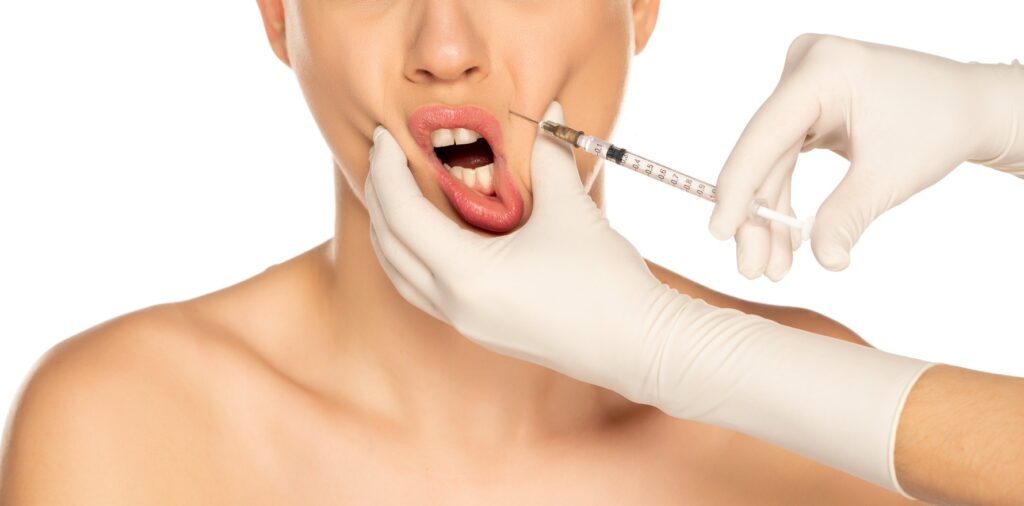
An independent review of cosmetic surgery and patient safety will examine whether regulation of the sector is fit for purpose – and why the regulator was largely in the dark about some practitioners’ very public behaviour until it was exposed by the national broadcaster.
AHPRA and the Medical Board of Australia have commissioned the review, to be led by outgoing Queensland Health Ombudsman, Andrew Brown, when he leaves his current post in January. He will be assisted by Choice CEO Alan Kirkland; Professor Anne Duggan, chief medical officer at the Australian Commission for Safety and Quality in Health Care; and the National Health Practitioner Ombudsman Richelle McCausland.
The review’s scope includes surveying risks to patient safety; strengthening the safety and reporting culture within cosmetic surgery; and reducing information asymmetry between practitioners and consumers (the full scope is below).
Protecting the title “surgeon” is not within AHPRA’s power, but health ministers have committed to consultation.
In a media conference yesterday, AHPRA CEO Martin Fletcher and MBA chair Dr Anne Tonkin both acknowledged that their organisations lacked information about the practices revealed by an ABC Four Corners program aired in October, “Cosmetic Cowboys”, despite much of it coming straight from popular social media accounts.
Mr Fletcher said cosmetic surgery was “a multi-million-dollar entrepreneurial industry, with practices and marketing methods that raise ethical dilemmas”.
“There are some worrying features of the cosmetic industry that sets it apart from wider healthcare, among them corporate business models that are allegedly placing profit over patient safety; procedures being undertaken for no medical need; limited factual information for consumers; and the exponential growth in social media that often emphasises benefits and downplays risks,” he said.
Mr Fletcher said the review would take in all cosmetic procedures but focus on surgery. It would look at strengthening regulation, including working with states and territories on licensing and enforcement; consent, given the gulf that may exist between what a patient signs and what they understand; including social media when assessing notifications; and updating guidelines and codes of conduct.
Asked about the timing of the review, Mr Fletcher said: “We were very concerned by the material that was broadcast on Four Corners. And although some of that was known to us, and were matters that we were actively investigating, there was an awful lot of information that we didn’t know … We’re really concerned about the fact that we’re simply not hearing about some of these concerns.”
Dr Tonkin said despite mandatory notification requirements, there seemed to be “a weak safety and reporting culture in cosmetic surgery”.
“We’re very glad that when things do go wrong for patients in cosmetic procedures, there are health practitioners in the wider healthcare system who provide much needed care for those patients,” she said. “But in general, we are not hearing about the problems that these practitioners didn’t cause and are trying to fix. Are they unaware of their mandatory reporting responsibilities or is something else preventing them from sharing their concerns with us?”
Dr Tonkin said the “cowboy” reputation of cosmetic surgeons was not reflected in AHPRA/board data, and that out of some 16,000 notifications about doctors in the past three years, only 313 related to cosmetic surgeons.
She said the complaints around cosmetic procedures were spread evenly among cosmetic surgeons, plastic surgeons and other surgical specialities, so there was no simple dichotomy between “bad” cosmetic surgeons and “good” plastic surgeons.
Mr Kirkland, who stressed that his expertise was in consumer protection and not cosmetic surgery, said he’d been “appalled” by the personal stories shared by patients in the media recently.
He said wherever there was information asymmetry, there were risks to consumers.
“I think we’ve all got a right to assume that that the system is protecting us from harm, protecting us from being misled about the nature of particular procedures or the risks involved in them and protecting us from unsafe practices. And I’m really keen to understand through this process, how well the system is currently doing that and where there might be opportunities for improvement.”
He said the landscape had changed markedly since the current system of health practitioner regulation was introduced. “I don’t think the people involved in framing those reforms could have imagined that today we’d be seeing cosmetic surgery procedures being advertised and offered in shopping centres across the country [or] medical practitioners who have millions of followers on platforms like TikTok and Instagram.”
This is the full scope of the review, as set out by AHPRA:
1. The regulatory role of AHPRA and relevant National Boards in cosmetic surgery with particular attention to its risk-based approach focusing on:
a. updates to codes of conduct and supporting guidance which aim to ensure that practitioners practise safely within the scope of their qualifications, training and experience;
b. the methodology for risk assessment of cosmetic surgery notifications;
c. the AHPRA investigation protocol;
d. the management of advertising offences, and;
e. opportunities for changes, clarifications or further actions in relation to the current regulatory approach to protected titles.
2. The way AHPRA works with other system regulators to ensure clear roles and responsibilities and appropriate information flows in support of the broader regulatory framework which involves a range of state, territory and national regulators.
3. The best means available to strengthen the safety reporting culture within cosmetic surgery to address barriers to health professionals raising concerns when a practitioner has practised in ways that depart from accepted professional standards.
4. Strategies relevant to the role of AHPRA and National Boards as a regulator of the registered health professions to reduce information asymmetry for consumers in order to inform safer choices and informed consent.
5. Provide a contemporary view of current risks to patient safety in cosmetic surgery and how they should inform the work of AHPRA and relevant National Boards.

